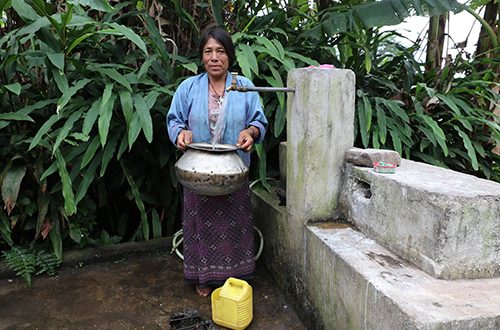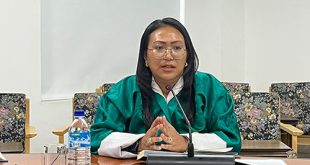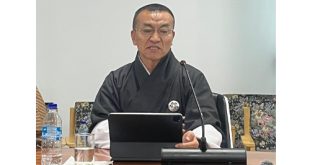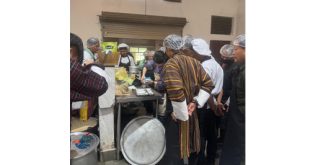A recent surveillance report by the Royal Centre for Disease Control (RCDC) has revealed that only 52.8 percent of urban drinking water and 70.1 percent of rural samples met the national microbial safety standards between 2017 and 2024, showing little improvement over eight years.
With just six years left to achieve Bhutan’s goal of 90 percent safely managed drinking water coverage under Sustainable Development Goal 6 (SDG 6), the government has outlined ongoing initiatives to address persistent challenges.
The report, based on over 13,000 urban and 14,000 rural water samples, highlighted that contamination often occurs at the household level due to poor hygiene practices such as unclean storage tanks and unsafe water handling.
Seasonal variations were also noted, with higher compliance during the dry season and lower levels during the monsoon.
Urban water quality was particularly low in eastern Dzongkhags including Lhuentse, Trashiyangtse, Trashigang, Mongar, and Samdrup Jongkhar, while rural compliance lagged in central Dzongkhags such as Wangdue, Trongsa, Zhemgang, Dagana, Haa, and Samtse.
To strengthen governance and water safety, the government established the Department of Water (DoW) on 1st January 2023 and endorsed the revised Bhutan Drinking Water Quality Standards (BDWQS 2025) in June. The updated standards incorporate stricter parameters and a clearer institutional framework with defined roles and responsibilities for surveillance and operational monitoring.
Under the new system, RCDC and local public health centres conduct surveillance monitoring, while service providers and municipalities carry out operational monitoring.
Data from both monitoring systems are integrated into the Water Quality Monitoring Information System (WaQMIS) and the Water and Sanitation Information System (WaSIS) for tracking and corrective action.
Non-compliance triggers intervention by local authorities, with repeated violations subject to fines under the Water Act 2011 and its Rules 2014.
Minister of Energy and Natural Resources, Gem Tshering, during the 20th Meet-the-Press session held on 1st October 2025 shared that the government has also established the National Drinking Water Quality Task Force (NDWQTF) to enhance inter-agency collaboration, track compliance, and ensure implementation of Water Safety Plans.
Lyonpo Gem Tshering said that capacity building programs are underway for officials from public health centres in Punakha, Gasa, Tsirang, and Wangdue Phodrang, including training and provision of water testing equipment.
Despite challenges, the Ministry of Infrastructure and Transport (MoIT) and the Ministry of Energy and Natural Resources (MoENR) reaffirmed the government’s commitment to reaching the 90 percent safe drinking water target before the end of the 13th Five-Year Plan.
Initiatives include strengthening water user groups, implementing water safety plans, and providing technical support for the design and operation of water supply systems nationwide.
Lyonpo said that achieving safe drinking water coverage requires combined efforts at the household, community, and institutional levels, alongside continued investment and technical oversight to prevent contamination and safeguard public health.
 The Bhutanese Leading the way.
The Bhutanese Leading the way.




